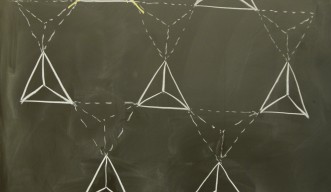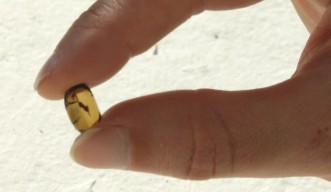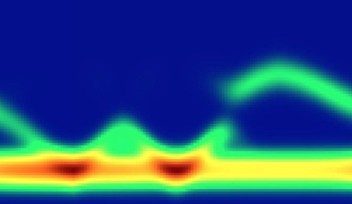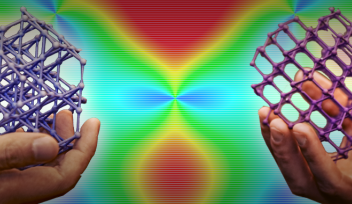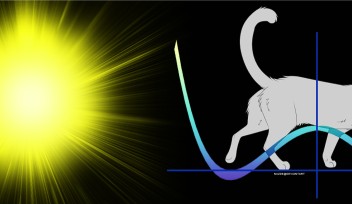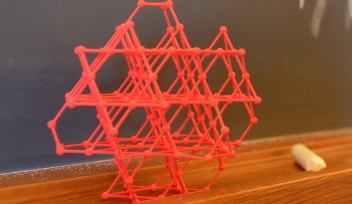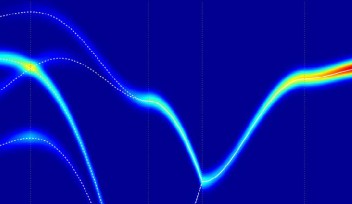New Unit Profile: The Social Life of Electrons
Have you ever wondered if our universe is just a tiny speck in a much larger cosmos? While it might be impossible for scientists to discover the truth behind this daydream, the Theory of Quantum Matter Unit here at OIST examines this idea on a much smaller scale.
“If the domain of cosmologists and high energy physicists is the universe, the domain of our work is a little crystal you can hold in your hands,” says Professor Nic Shannon, head of the unit. Quantum materials, endowed with their own private laws of physics, are like speck-sized universes in a much larger cosmos. And when these tiny universes are exposed to changes in temperature or pressure, the laws of physics within them change, giving rise to new phenomena such as superconductivity and magnetism.
The laws of physics within quantum materials are governed by how electrons interact with each other. In traditional metals, such as copper, electrons largely ignore one another, but in quantum materials they have what Shannon calls a ‘social life’. “Just like people, electrons behave differently in groups,” he says. The unit’s main goal is to uncover the new laws of physics caused by the interaction of electrons in groups.
Like the Earth, electrons spin on an axis, producing their own magnetic field. If more electrons inside an atom spin in one direction than the other, the atom develops a magnetic “dipole” with a North and a South Pole. In conventional magnets, like iron, these dipoles align, producing a strong magnetic field with all of the electrons spinning in the same direction.
But for electrons in many quantum materials, life is not that simple. One celebrated example is “spin ice”, a material whose magnet atoms sit at the corners of tetrahedra arranged in a lattice. This special geometry prevents the electrons from doing as they would like -- a phenomenon physicists call “frustrated magnetism”. As a group, the electrons in spin ice are forced to make a compromise, arranging themselves such that two spins point into the centre of each tetrahedron and two spins point of out of it. Since these configurations exactly mimic the arrangement of chemical bonds in water ice, the material was dubbed “spin ice”.
"Imagine if you could break a magnetic atom in half and just get the North Pole,” says Shannon. "We would call this a magnetic monopole." Eighty years ago, the English physicist Paul Dirac realized that magnetic monopoles held the key to understanding electric charge, and thus illuminating what holds matter together. Physicists have been scouring the universe for them ever since. Magnetic monopoles were finally discovered for the first time in 2009 hidden in the private universe of spin ice.
So why investigate the social life of electrons?
"Every time there's been a major breakthrough in our understanding of electrons, it has started a revolution in technology", says Shannon. “For example, when physicists discovered the laws that govern electrons in a vacuum, it led to the vacuum tube, which made possible radar, television, and the first computers. Similarly, a breakthrough in the understanding of electron behaviour in crystals led to transistors, silicon chips, and the subsequent explosion of information technology.”
"The Japanese government has invested heavily in developing new quantum materials," adds Shannon. "Japan is the undisputed world leader in this area." Shannon and his group members Owen Benton, Andy Smerald, and Ludovic Jaubert's move to OIST means that now they're in the best environment to drive their work forward.
Specialties
Research Unit
For press enquiries:
Press Inquiry Form











